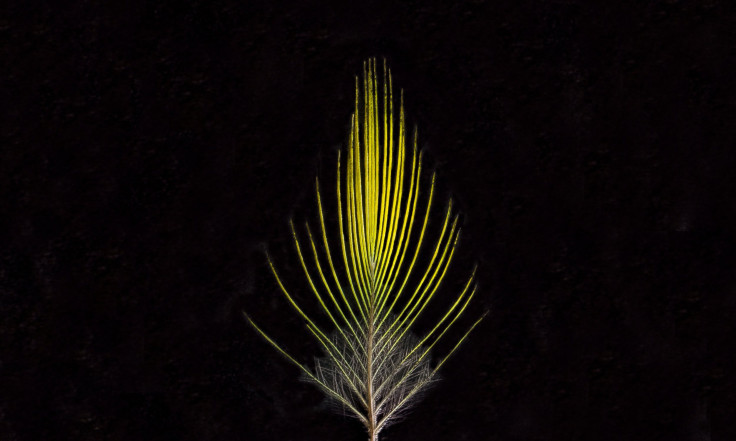First Known Hybrid Bird Species Discovered In Amazon Rainforest, Using Genome Sequencing
Researchers studying a bird species — the golden-crowned manakin — in the Amazon rainforest discovered that it is actually a hybrid species, making it the first ever known hybrid bird species. The unique and elusive bird was discovered in 1957 in Brazil but wasn’t seen again till 2002.
Hybrid species are common among plants and can be found easily in many gardens. But when it comes to animals, especially vertebrates, the story is quite different, as explained by John Weir from the University of Toronto, Scarborough (UTS), in Canada, who was senior author of a research paper on the manakin.
“While hybrid plant species are very common, hybrid species among vertebrates are exceedingly rare,” he said in a statement Monday.
A hybrid animal species is formed when individuals from two different species mate to produce a hybrid offspring population, one that is subsequently not able to mate with the parental species, for reasons such as geographic isolation.
In the case of the golden-crowned manakin, the parental species were found to be the snow-capped manakin and the opal-crowned manakin. The first of the two parents has a crown of bright snow-white feathers while the second has a crown of brilliant iridescent feathers. Their hybrid offspring, by contrast, has much duller feathers that are yellow in color.
“The golden-crowned manakin ended up with an intermediate keratin structure that does a poor job of making either the brilliant white or the reflective iridescence of the parental species,” Weir said in the statement.
Weir and his colleagues from UTS, including his former graduate student and the paper’s lead author Alfredo Barrera-Guzman, made this discovery by sequencing a large portion of the birds’ genome, including 16,000 genetic markers. The golden-crowned manakin got about 20 percent of its genome from the snow-capped manakin and the rest from the opal-crowned manakin.
The difference in keratin structures between the three species was spotted using an electron microscope, which showed two distinct arrangements in the parent species that created highly reflective colors, helping males court females for mating in the dark interiors of the rainforest. However, the mixing of the two arrangements in the hybrid offspring took away that property, and early in its existence, the golden-crowned manakin likely had duller white or grey feathers. The evolution of the golden feathers is a later phenomenon, one that was needed for males of the species to attract females.

Using a method called coalescent modeling, the UTS researchers also figured out that the hybrid was likely first born when its parents from different species mated about 180,000 years ago. The two parent species also split from a common ancestor about 300,000 years ago. Compared to other Amazon birds, most of which diverged from their most recent relatives between 1.5 million and 4 million years ago, these manakin species are quite young.
The habitat of the golden-crowned manakin is an area about 200 square kilometers (77 squares miles) in the south-central Amazon, and it is largely separated by wide rivers from areas where its parent species dwell.
“Without geographic isolation, it’s very likely this would never have happened because you don’t see the hybrids evolving as separate species in other areas where both parental species meet,” Weir said.
The paper, titled “Hybrid speciation leads to the novel male secondary sexual ornamentation of an Amazonian bird,” will appear online in the journal Proceedings of the National Academy of Sciences, and will be available using this link once it is made public.
The golden-crowned manakin is classified as vulnerable, according to the International Union for Conservation of Nature’s Red List of Threatened Species, largely due to habitat loss, caused by clearing of the rainforest for logging and cattle-ranching.
© Copyright IBTimes 2024. All rights reserved.





















